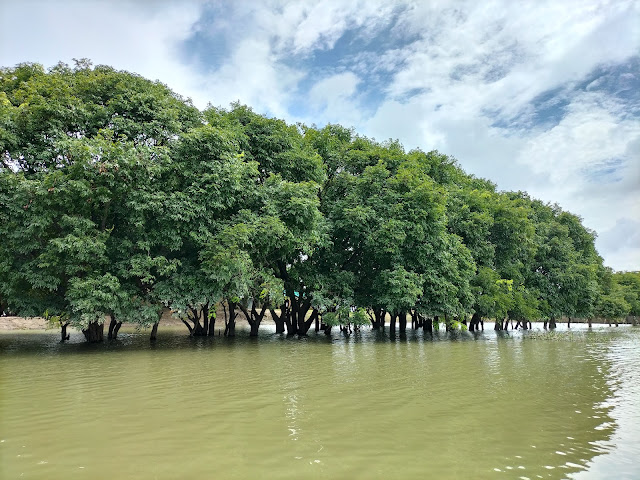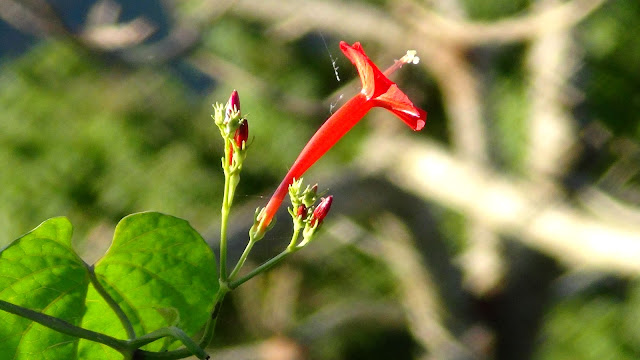Korpula or Bawali-lota, Sarcolobus carinatus

Korpula or Bawali-lota (Sarcolobus carinatus, Family: Asclepiadaceae) is a thin vine that twists a tree or trails on ground, having milky latex all over its body. The plant loves to grow the coastal tidal and salt-water forests.It is mainly found in the both sides of famous Mangrove forest Sundarbans, as well as the sea-shore of Noakhali, Bhola, Chattogram, Cox'sbazar districts. Outside the country, it is found in Indian subcontinent, Andaman-Nicobor Islands, China, Myanmar and Thailand. Common names: Baoli-lota, Baoni-lota, Bandali-lota. Its leaves are much like the shelterer tree Gewa or Blind your eye (Excoecaria agallocha). So suddenly it cannot be identified in isolation very easily. The leaves are about half as long as the leaves of the shelterer, similar in color. Presumably, the shelterer is the mother plant of the vine. Leaves are pale green, obovate or elliptic-oblong, 3-6 cm long and 1-2 cm wide, coriacious, glabrous on both sides, apex acute or blunted, opposite. Le








